In a groundbreaking development for broadcast journalism, the Federal Aviation Administration (FAA) has granted Sinclair, Inc. a blanket approval to operate unmanned aerial vehicles (UAVs), better known as drones, over people and vehicles without requiring per-use waivers. This landmark authorization reportedly makes Sinclair the first broadcaster to receive such comprehensive permissions, significantly enhancing the company’s news gathering capabilities while maintaining strict safety protocols.
Historic Authorization Transforms Broadcast Journalism Capabilities
Traditionally, drone pilots face strict prohibitions against flying over people or vehicles due to safety concerns, with exceptions only granted through individual waivers for specific circumstances. This new blanket approval represents a major shift in regulatory approach and acknowledges Sinclair’s demonstrated commitment to safety and professional standards.
The authorization comes after years of rigorous training and safety protocol development. Sinclair has operated a comprehensive UAV program in partnership with Virginia Tech’s Mid-Atlantic Aviation Partnership since 2016, which has successfully trained 148 FAA-certified pilots and 540 visual spotters. This extensive training program has established a foundation of expertise that proved crucial in securing the unprecedented approval.
Safety Standards and Technical Requirements
While the FAA has granted this industry-first approval, Sinclair must still adhere to stringent safety regulations in its drone operations. The company worked with Virginia Tech to test and modify their drone equipment to meet the FAA’s exacting safety standards.
According to Jeff Rose, Chief Pilot for Sinclair’s UAV program, “Our dedication to safety is paramount, and this achievement is the result of more than a year of extensive preparation, testing, and collaboration with industry and government partners.”
This extensive testing process likely involved evaluating drone failure modes, developing enhanced operational procedures, and implementing additional safety mechanisms on their UAV fleet.
Tom Jones, Director of Virginia Tech’s Mid-Atlantic Aviation Partnership, highlighted the importance of their collaborative relationship:
“We have worked for years with Sinclair, helping to train their pilots, and I have always been impressed with their professionalism and commitment to safety. We were proud to build on that theme by using our FAA-approved test method to test a modified drone that allows Sinclair’s pilots to meet the FAA’s stringent safety requirements for operating over people or traffic.”
Community Engagement and Public Safety
A key factor in securing this approval appears to be Sinclair’s proactive approach to community relations. Rose noted that the company has “conducted community outreach meetings in each market where we operate drones, engaging with First Responders, Homeland Security, Education officials, local government agencies, and the FAA.” This community-based approach demonstrates Sinclair’s understanding that drone operations in populated areas require not just technical compliance but also public TRUST and stakeholder engagement.
Industry Impact and Future Implications
This breakthrough approval could significantly transform how news organizations gather aerial footage, particularly for breaking news and live events. Scott Livingston, Senior Vice President of News for Sinclair, emphasized the journalistic implications:
“This approval represents a significant step forward in our ability to deliver high-quality, innovative journalism. By incorporating expanded drone footage, we enhance our coverage of breaking news, local events, weather, and community stories—offering our audiences more compelling and dynamic storytelling.”
The authorization may establish a precedent for other broadcasters and commercial drone operators seeking similar permissions. Companies that can demonstrate comparable safety records, training programs, and community engagement might have a pathway to securing their own blanket approvals. This could eventually lead to more widespread adoption of Drone Technology across various sectors, from journalism to infrastructure inspection and emergency response.
Regulatory Context and Evolution
This approval comes amid a broader evolution in the FAA’s approach to drone regulation. As the technology has matured and safety records have improved, the agency has gradually expanded the operational envelope for commercial drone operations. The Sinclair approval represents a significant milestone in this regulatory journey and suggests a shift toward performance-based authorizations for organizations that can demonstrate exceptional safety standards.
The implications extend beyond broadcast journalism. This precedent-setting approval may influence how regulators approach drone operations in other sectors, potentially accelerating innovation while maintaining necessary safety standards. As drone technology continues to advance, finding this balance between enabling beneficial applications and ensuring public safety remains a central challenge for regulators worldwide.
DroneXL’s Take
Sinclair’s achievement demonstrates how sustained investment in training, safety protocols, and stakeholder engagement can unlock new operational capabilities for drone programs. Their years-long partnership with Virginia Tech highlights the value of academic-industry collaboration in advancing drone operations. Other organizations seeking similar approvals would be wise to study Sinclair’s methodical approach to building both technical expertise and community trust.
As more news organizations potentially gain similar authorizations, viewers can expect increasingly dynamic visual storytelling, particularly for breaking news and live events. However, the true test of this program will be its continued safety record as operations scale up under these new permissions. Sinclair’s ongoing performance will likely influence how quickly other broadcasters can secure comparable approvals.
Discover more from DroneXL.co
Subscribe to get the latest posts sent to your email.


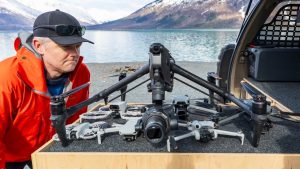
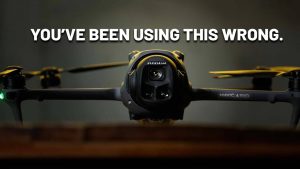




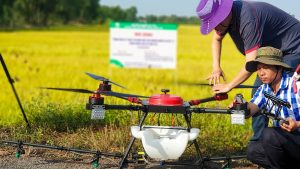


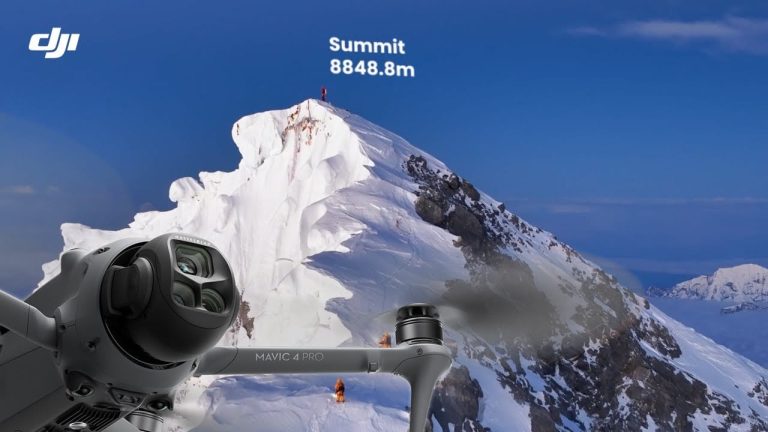
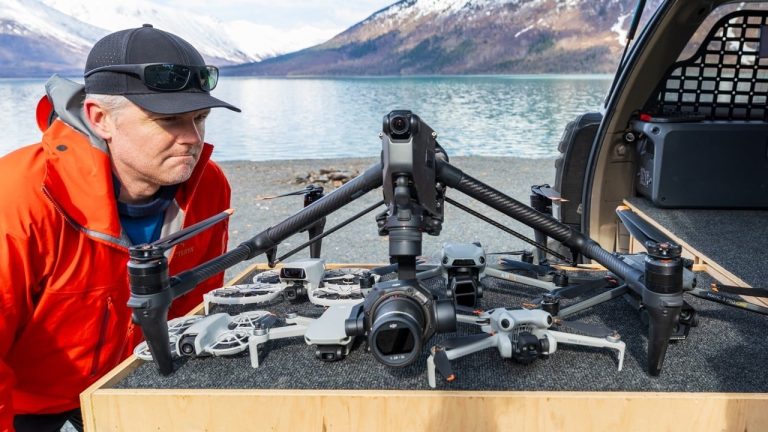
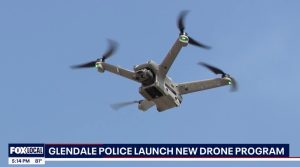

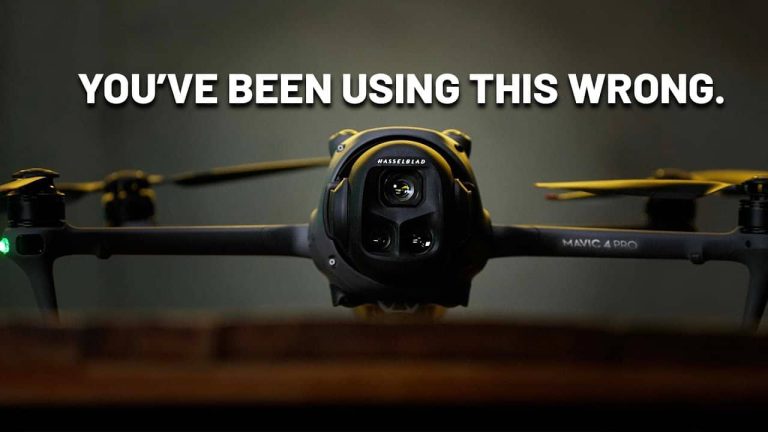




+ There are no comments
Add yours